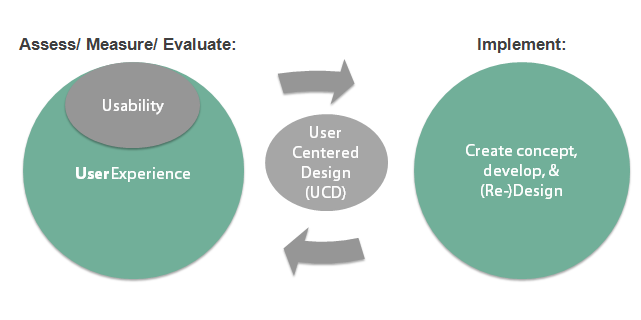Understanding what UX Design is can completely change the way you approach web designing. In case you’re not up-to-date with the lingo, the relatively new term “UX” stands for “user experience”. A UX Designer measures how a user experiences the design with elements that include ease of use, perception of your product’s value, and efficiency all drummed down into how pleasant the experience of using your website is.
No matter how a website is designed, it all comes down to how the user experiences it and interprets it. To put it simply: your website and interaction with your business should be a joy to use from start to finish.
What are UX Design and usability

It’s important to distinguish the difference between UX Design and usability because there’s a common misunderstanding between the two. UX refers to how a user feels when using a website, whilst usability is all about efficiency of the site and user-friendliness. Usability can be one part of UX Design, but it is not what defines it.
The “what”, “where”, “when”, “why”, and “how” someone uses your website, as well as “who” they are all evaluated in UX Design. The users’ needs are taken into account at every stage of the website from researching, designing, building, and launching. All of this effects your website’s design and its purpose.
A UX Designer may perform split testing, conduct user experience surveys, watch people attempt to use and navigate the site, and create wireframes, layouts, and prototypes of existing site content in order to test the functionality before new design and coding is developed.
How UX Design benefit people?

UX Design benefits everyone. When the user has a positive experience, they are likely to return to your site again. Traffic and conversion rates increase. With all the different types of platforms being used to view websites and so many choices on which sites to visit, the ones that stand out and continue to be used are those that are pleasant to go to and easy to view.
The more complex the website, the more it will benefit from UX Design. This is particularly true for interactive websites and ecommerce stores where simplifying complexity triumphs over messy, cluttered sites.
Gone are the days where a website is wholly designed based on what the designer thinks looks good and the client wants to see (which ones resulted in many cringe-worthy requests of, “the homepage must include an animated gif of my beagle Sparkles saying, “Welcome””). All-in-all, your aim is to produce the most value possible to the end user, from start to finish. You design not for yourself but for the person who will be using your masterpiece.






